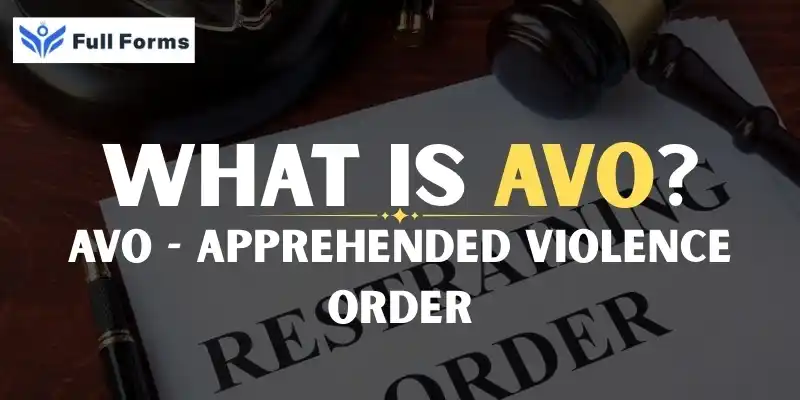Amperes, Volts, Ohms (Meter)
(AVO)

Description
Learning about Amperes, Volts, and Ohms The ABCs of Electricity
A lot of things around us run on electricity, but a lot of people don't understand electrical terms. You see words like "amperes", "volts", and "ohms" on batteries, chargers, and other devices all the time. But what do they really mean? This article will help you understand these building blocks of electricity in the simplest way possible if you've ever wondered what they are and how they work together.
What Are Amps, Volts, and Ohms?
Think of electricity as water flowing through a pipe to help you understand these words. This comparison helps people understand how electricity works in real life.
- Amperes tells how fast the flow is.
- Volts measure how much pressure there is.
- Ohms are used to measure resistance.
Let's look at each one in more detail.
Amperes: The flow of current
Amperes, which are also called amps, measure the amount of electric charge that flows through a wire every second. Think of amperes as the amount of water that flows through a pipe in our example.
One ampere means that a certain amount of electricity is flowing every second. The current gets stronger as the amperes go up.
For instance
A tiny LED light might not use more than one amp.
An electric heater or hair dryer may use fifteen amps or more.
So amperes tell us how much current is actually flowing through a circuit.
Volts: The Pressure That Makes the Flow
Volts measure voltage, which is the difference in electric potential or pressure that moves the current through the wire.
Voltage is like the pressure of water in a pipe when you think about it. The higher the voltage, the stronger the force that drives the current through the wire.
Common examples
An AA battery has a voltage of about 1.5 volts.
Depending on where you live, a home wall socket usually gives off about two hundred thirty volts.
So, voltage is what makes electricity move. It won't move on its own unless there is voltage to push it.
Ohms, The Resistance
Ohms measure how much a material or object resists the flow of electric current. This is similar to how wide or narrow a water pipe is.
- More ohms means more resistance. This makes it harder for current to flow.
- When there are fewer ohms, current flows more easily.
Most electrical wiring uses copper wire due to its low resistance.
Rubber is an insulator because it is very resistant.
The current will be very low if the resistance is too high and the voltage stays the same.
Ohm's Law explains how these ideas are related to each other.
Ohm's Law is a simple formula that links these three. It says that
Voltage is equal to resistance times Current
In short, V = I * R.
V represents the voltage in volts.
I is the amount of current in amperes.
R is the amount of resistance in ohms.
This formula helps engineers and electricians figure out how much current will flow through a circuit, how much resistance is needed, and what voltage is safe or useful.
Examples from real life
Let's put everything together by looking at a few simple examples.
Case 1
You have a battery with ten volts and a circuit with five ohms of resistance.
Ohm's Law says that I equals V divided by R.
Dividing ten volts by five ohms results in two amps.
This means that two amps of current will flow.
Case Two
If a device draws five amps of current and has ten ohms of resistance,
Multiplying five by ten results in fifty volts, which is the required voltage.
It needs fifty volts to work right.
Case Three
The current goes down when you raise the resistance.
The current also goes down when you lower the voltage.
To safely design and use electrical devices, you need to know how to keep this balance.
Why These Units Are Important
Each of these three units is crucial.
- Amperes indicate the amount of power in use.
- Volts tell us how strong or dangerous a power source can be.
- Ohms are useful for making circuits that work correctly and safely.
Electricians, engineers, and even hobbyists use these units every day to build and fix electrical systems. From charging your phone to running a power plant, these ideas are important at every step of the way.
Final Thoughts
Electricity isn't magic, even though it may seem like it. It works by following some simple rules. If you know the basic units of volts, amperes, and ohms, you can understand how it works. This information will help you use electronics more safely and give you the ability to learn more about how they are made.
If you think of power as being similar to water,
We measure the flow in amperes.
Push volts
The barrier is ohms.
And just like any good system, when you get all three right, you get energy that is smooth, safe, and useful.
